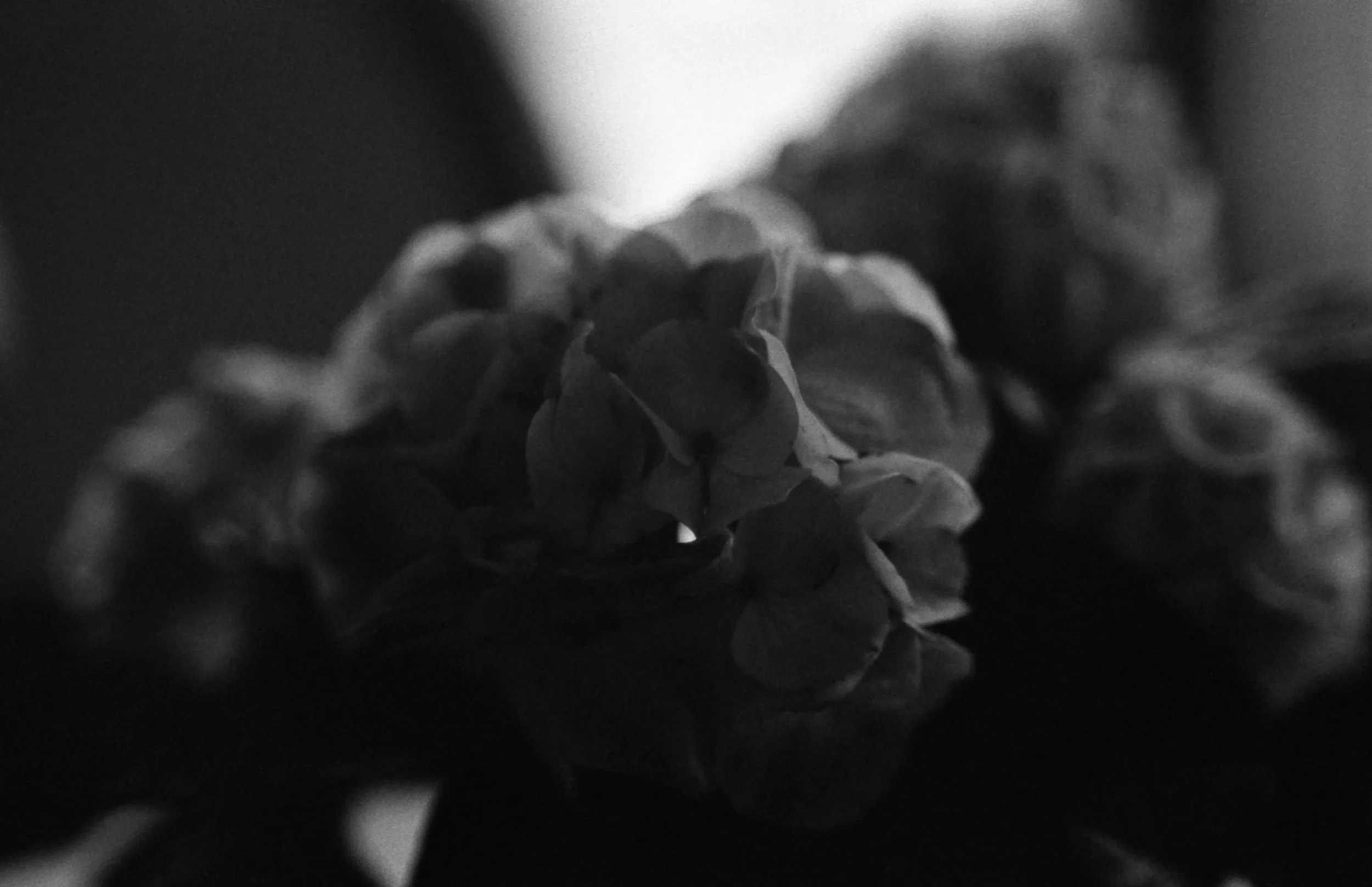July 19th 2019
Minolta XG-1(n)
A great starter camera to teach photography
In the late 1970s, Minolta released two lines of cameras, the professional XD line and the more consumer oriented XG line. Lasting from 1977 to 1984, the XG line had a total of 6 models and a few redesigns. One of these redesigns was to the 1978 release of the lower end XG-1 model. This newly updated version debuted in 1981 and was deemed the XG-1(n). Leaving behind the 70s style of the XD line, this newly updated body was to be the standard for the next decade for Minolta.
The Redesign
Minolta XG-1 vs Minolta XG-1(n)
Looking back at the previous XG-1, you can see that it needed a redesign in the early 80s; joining the new style with the likes of the newly released XG-M. Leaving rounded corners behind, the new XG-1(n) implores squared edges, harsher corners, and that overall futuristic type of vibe from the likes of Total Recall or Back to the Future. Although not much has changed besides the appearance, you did get the upgrades of a film memo holder, a textured handgrip, and the newly implemented Acute-Matte Screen technology. The camera has a more plastic feel then previous Minolta series, but still has some weight and solid construction.
Like the other cameras in the XG line, the XG-1(n) is an aperture priority camera with the option of a manual mode. The viewfinder is a decent size and bright, and features split image focusing with a microprism ring surrounding. There is very useful information in the viewfinder for when you're in aperture priority mode. In the viewfinder to the right hand side, there is a shutter speed scale (with corresponding LED lights to the right of those) going from 1/1000th of a second down to 1/30th in increments, with a couple of dots below that and the 1 second indication. There are also arrows to the top and bottom to indicate the exposure is above 1/1000th of a second and cannot be taken, or at 1 second or below. Being that both the XG-1 and XG-1(n) were lower end models, they took some cost cutting measures. The cameras took out the numbers between 1/30th and 1 second on the meter scale to save on costs, along with having the meter turn off during manual mode and choosing to light up and M in the viewfinder instead. I have noticed slower shutter speed times then 1 second in the aperture priority mode, but no such times are indicated in the manual. I would say somewhere between 10 to 20 seconds sounds reasonable.
The top of the XG-1 remodel, the XG-1(n)
There was a surprise with the front of the newly designed XG-1(n), the new and improved Minolta ~SUNRISE~ logo is proudly displayed. But under the logo, you get to some of the more useful aspects of the XG-1(n). To the right of the logo, along the side of the lens mount, you have the lens release button, the shutter release socket, and the PC socket. To the left of the logo, under the XG-1 moniker, there is a square red LED to indicate the 10 second self timer or battery check feature.
The couple of controls on the front of the camera
On top of the camera is where the fun starts. From left to right you have the film rewind crank that doubles as the release for the camera back if you pull up. Under that is the power switch with the addition of a few different modes. You have a wheel that clicks into place for the ON, OFF and SELF TIMER modes but has a spring that pushes you back to ON when you turn it to the B.C. or Battery Check setting. There is a hot shoe (PC sync on the front) with an extra contact for Minolta X-Series Auto Electroflashes. This extra contact is for when the camera is on 1/60th of a second, that LED will blink to let you know the flash is ready. To the right of the hot shoe, you have the shutter speed dial coupled with the ISO setting. The speeds are from Bulb and 1 second up to 1/1000th of a second and the titular Aperture Priority mode. When the dial goes into Aperture priority mode, the dial locks, and to release you need to push a small square button, above the dial, to go back into manual. Under that is the ISO in a small window. You set the ISO from 25 to 1600 by pulling up on the dial. There is also a strange system for adjusting the exposure by stops. Normally there is a separate dial to handle this function, but on the XG-1(n) it is printed to the left of the dial and lines up the number when its in manual. It’s not a big deal, but you do have to manually change it yourself with no option of exposure adjustment in Aperture Priority mode. In the middle of the dial is a new feature that started with the XG line of Minolta cameras, the touch sensitive shutter button. A very cool feature where after 10 or so seconds of inactivity, the meter turns off. All that’s needed is a slight touch to the button to turn the meter back on. A great overall system for a power saving type of mode. To the right of the dial is the film winding lever, along with the safe load signal and frame counter.
The bottom contacts and compartments of the XG-1(n)
There is not much on the back of the camera other than the newly added film memo holder with a handy DIN to ASA conversion chart printed within. On the bottom of the camera you have the slotted compartment for the battery, which can be taken off easily with a coin. The XG-(n) is an all electric camera and requires 2 LR44 batteries to run. A typical tripod socket and film rewind button are found on the bottom as well. But in addition to those you have a couple of guide pin sockets, couplers, and electrical contacts for the auto winder accessories.
The Specs and Features
Shutter Speeds - bulb, 1 second to 1/1000th of a second
Aperture - dependent on lens, no limit for meter
Meter Type - full aperture TTL, center weighted
Shutter - electric, horizontal cloth focal plane, aperture priority or manual modes
ASA - 25 to 1600
Lens - Minolta MD mount, wide range of lenses
Flash Option - PC socket or hot shoe, X Sync at 1/60th other flash types at 1/15th or lower, extra connection on hot shoe for Minolta X series auto electroflashes
Batteries - 2 LR44 batteries, no mechanical option
Film Type - 35mm
Other Notable Features - self timer, battery check, touch sensitive shutter button, threaded shutter release, film loaded reminder, film memo holder (with DIN to ASA scale)
The Experience
This is an entry level, lower end model in the XG line of cameras and a great model to learn film photography on. That’s exactly how I learned was with the XG-1(n) my father gave me in the early 2000s. It was the first SLR camera I ever used, and I was enamored with it. Focusing was a whole new challenge from the other point and shoots I and most other kids of the time were used to. The camera is undeniably great for beginners, and I learned the film basics with the aperture priority mode and meter.
As much nostalgia I have for the camera, I still have a couple of gripes. Like most cameras in the XG line, the meter turns off when you are in manual mode. It was the result of a cost saving measure, but I cannot imagine how much money they saved from that. Another gripe is due to the poor build quality of the on/off switch. I own two XG-1(n) cameras, and they both suffered from the problem of a small ball bearing coming loose and causing the switch to move freely. You can still operate the camera like this, but large movements can move the switch and turn off the camera or put it into the self timer mode. Quite an easy fix if you still have the bearing and spring, all you need to do is position them back in the correct place, tighten the switch and you're golden.
Other then those two problems I don’t think there are any major flaws for the camera. If you a beginner or a student, I would say this is the perfect camera for you. It’s a sturdy and well built camera, with easy to use controls, a well designed layout, easily accessible batteries and an amazing price point for anyone. If you're a film photography buff or seasoned photographer, I would say its not a bad choice if you can pick it up for cheap. If you want the full XG experience, I would highly recommend the Minolta XG-M; the top of the line model for the XG cameras and a solid choice. But do not write off other XG cameras, they all have their quirks but produce amazing pictures with Rokkor glass. At the end of the day, the XG-1(n) is a very capable camera with features suited for anyone and everyone.







